What Are Telecom Rectifier Systems
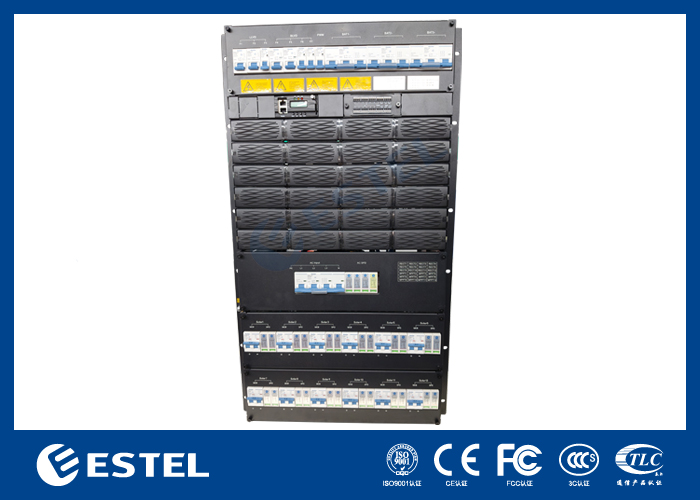
A rectifier system for telecom converts alternating current (AC) into direct current (DC), providing steady and reliable energy to power telecom equipment. Stable DC power is essential for ensuring telecom networks operate smoothly. Without it, systems could fail during power fluctuations. A rectifier system for telecom is designed with backups to maintain functionality even if one component fails. Additionally, these systems include safety features like over-voltage protection to enhance reliability. By delivering consistent power, a rectifier system for telecom supports efficient network performance and helps prevent service disruptions.
Key Takeaways
Telecom rectifiers change AC power into steady DC power. This keeps telecom equipment working reliably.
Efficient rectifiers use less energy and lower costs. Some can reach 96% efficiency.
Modular designs make it easy to add more power. This helps meet growing network needs.
Advanced monitors show performance data instantly. They help find and fix problems fast.
Hot swap tech allows repairs without stopping services. This keeps telecom running smoothly.
How Telecom Rectifier Systems Work
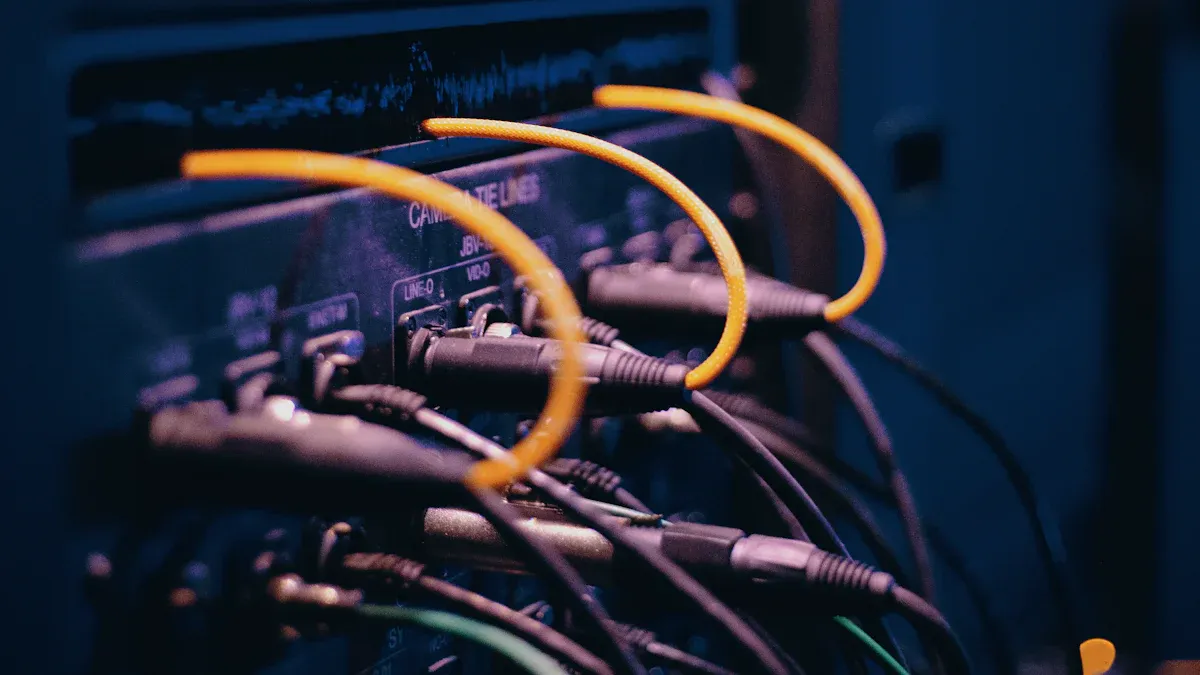
AC to DC Conversion Process
Telecom rectifiers change alternating current (AC) into direct current (DC). This provides steady power for telecom equipment to work properly. The rectifier takes unstable AC power and turns it into smooth DC power. This helps avoid power problems and protects telecom devices.
The efficiency of this process depends on the rectifier system. Some rectifiers can work at 94% efficiency, saving energy. Efficiency may drop slightly when the load is lower. Below is a table showing efficiency rates during AC to DC conversion:
Condition | Efficiency Rate |
|---|---|
Best Efficiency | 89% - 92% |
Efficiency at 40% Load | Slightly lower |
High-Efficiency Rectifiers | Up to 94% |
Yearly Energy Savings | About 5% |
Using advanced rectifiers reduces wasted energy and lowers costs. This makes the conversion process reliable and affordable.
Integration with Telecom Power Systems
Telecom rectifiers work well with telecom power systems to keep power steady. They are made to fit different telecom equipment, offering flexibility. Modern rectifiers have modular designs, letting you add more power as needed. This makes them great for growing networks like 5G stations.
Here’s a table showing features of telecom rectifiers and their benefits:
Feature | Details |
|---|---|
Efficiency Rate | 98.5% |
Application | Used in 5G base stations |
Cooling Cost Reduction | 22% less than older models |
Voltage Regulation | Keeps voltage stable |
Built-in Safeguards | Protects against overloads |
Modular Design | Easy to expand power capacity |
Compatibility | Works with many telecom devices |
Monitoring Systems | Tracks performance in real-time |
These features help telecom systems run smoothly and safely. Safeguards protect equipment from power issues, while monitoring systems provide useful data.
Ensuring Power Stability in Telecom Networks
Stable power is important for reliable telecom networks. Telecom rectifiers deliver steady DC power, even during outages or power changes. Backup systems activate quickly during failures to prevent service interruptions. Safety features like over-voltage protection keep equipment safe.
Here are some key improvements seen with telecom rectifiers:
Power usage efficiency can reach 0.90, meaning only 10% of power is wasted.
Rectifiers can achieve up to 96% efficiency, reducing energy loss.
Class 4 power systems, with over 50V DC, include advanced safety tools.
The chart below shows how telecom rectifiers improve power stability:
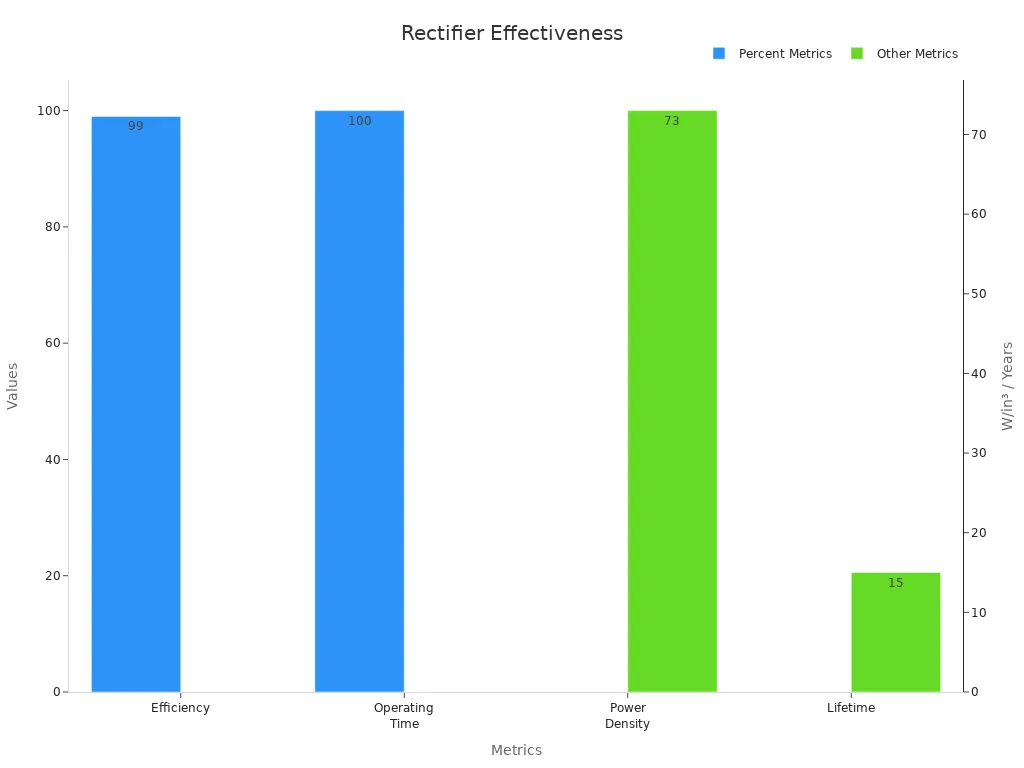
Telecom rectifiers improve network reliability and uptime. This ensures communication services stay active for businesses and consumers.
Key Features of Telecom Rectifier Systems
High Energy Efficiency and Power Factor Correction
Telecom rectifiers save energy by reducing power loss during conversion. This helps lower costs and waste less electricity. New technologies like CoolGaN™ and CoolSiC™ make rectifiers work better. They can reach over 99% efficiency at half load. These improvements help telecom systems use less energy and protect the environment.
Feature | Description |
|---|---|
High Efficiency | Cuts down power loss during conversion. |
Operational Cost Reduction | Saves money by using energy more efficiently. |
Environmental Impact | Helps reduce pollution by wasting less energy. |
These technologies give stable DC power and save energy. They are important for modern telecom networks.
Scalability and Modular Design
Telecom rectifiers can grow with your network. Their modular design lets you add more power easily. You don’t need big changes to your setup. Some DC systems are modular, making future upgrades simple.
Evidence Description | Benefit Highlighted |
|---|---|
Modular DC systems allow easy expansion for growing networks | Expand power without major changes |
You can fix or upgrade parts without stopping the whole system. This design makes maintenance easier and reduces downtime. It keeps telecom services running smoothly.
Advanced Monitoring and Control Systems
Modern rectifiers have systems to check performance in real-time. These systems help find problems quickly and keep things working well. Over 500,000 systems with 2,400,000 modules have been installed. They work at up to 97% efficiency, with plans to reach 98%.
Metric | Value |
|---|---|
Total systems deployed | 500,000 |
Total rectifier modules | 2,400,000 |
Efficiency of rectifier modules | Up to 97% |
Future efficiency goal | Up to 98% |
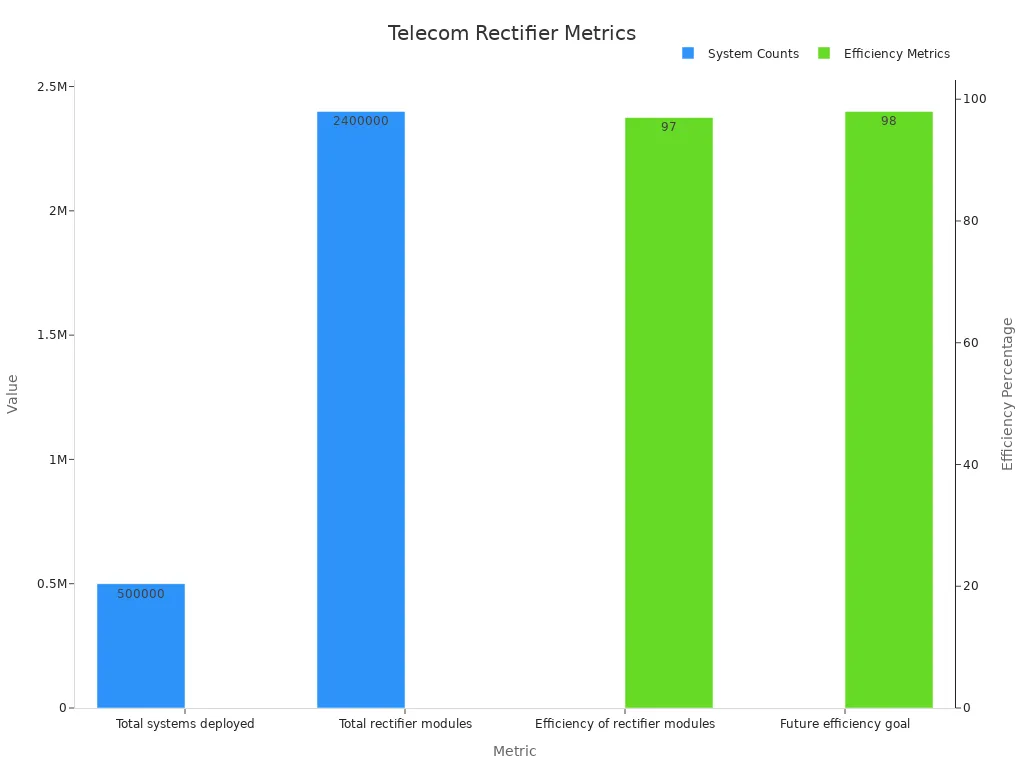
These systems improve reliability by giving useful data. Backup systems also keep power steady during outages. Telecom rectifiers are key to keeping networks efficient and reliable.
Hot Swap Technology for Maintenance
Hot swap technology lets you change parts in telecom rectifiers without turning them off. This keeps power flowing, which is very important for telecom networks. You can fix or replace broken parts while the system still works. This reduces downtime and keeps everything running smoothly.
Think about a time when a rectifier part breaks. Without hot swap, you’d have to shut down the whole system to fix it. This could stop services and cost a lot of money. With hot swap, you just take out the broken part and put in a new one. The system keeps working the whole time. This is great for networks that need to stay on all the time.
Hot swap also makes maintenance safer and easier. Since the system stays on, you avoid problems that can happen when restarting equipment. This feature helps keep your network reliable during repairs or upgrades.
Compact and Space-Saving Design
Telecom rectifiers are small and save space, making them perfect for tight areas. Whether in a small data center or a remote spot, they fit easily. Their size helps you use space wisely without losing performance.
Being small doesn’t mean less power. Modern rectifiers use advanced tech to save energy and work well. They provide steady power while taking up little room. This helps your network run efficiently without wasting space.
The modular design makes them even better for saving space. You can stack or arrange parts to fit your needs. This is helpful for growing networks where space and flexibility are important.
Compact rectifiers are also easy to set up and maintain. Their lightweight design makes handling simple, saving time and effort. Choosing a compact rectifier helps you use space smartly while keeping power reliable and efficient.
Benefits of Using a Rectifier System for Telecom
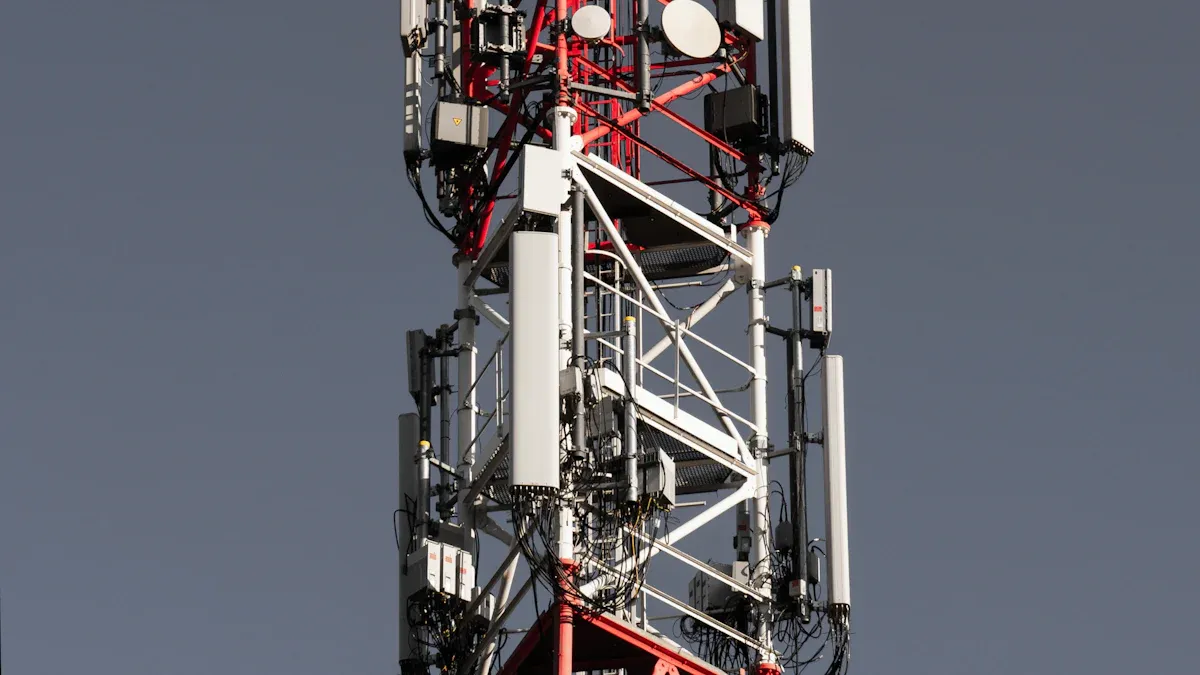
Better Network Reliability and Uptime
Telecom rectifiers help keep networks working without problems. They give steady power to telecom devices, even during outages. Safety features like over-voltage protection stop equipment from getting damaged. Backup systems turn on quickly when power issues happen, avoiding downtime.
These rectifiers make networks more reliable by keeping power steady. They ensure communication services stay active without interruptions. Whether you run a small system or a big network, rectifiers help avoid costly service problems.
Saving Energy and Cutting Costs
Telecom rectifiers are very efficient and waste less energy. By using less electricity, they help lower your bills. Many modern rectifiers have power factor correction, which improves energy use and reduces waste.
For instance, a high-efficiency rectifier can work at 96% efficiency. This saves energy and cuts costs over time. These savings grow, making rectifiers a smart choice for your network. Their modular design also lets you add power easily without spending too much.
Helping the Environment
Telecom rectifiers are good for the planet. They use less energy, which lowers pollution. Many new systems are made with eco-friendly materials and technology for sustainable use.
Choosing a telecom rectifier helps the environment while keeping your network strong. These systems support global goals to save energy and use cleaner solutions.
Tip: Look for rectifiers with energy-saving labels to help the environment more.
Long-Term Operational Benefits
Telecom rectifier systems offer many long-term benefits for networks. They improve efficiency, lower costs, and ensure reliable performance over time. A good rectifier system helps your network work better with less upkeep.
One key benefit is protecting telecom equipment. Rectifiers provide steady power, keeping devices safe from power issues. This means fewer repairs and replacements, saving money over time.
Another benefit is cutting operational costs. Modern rectifiers use less electricity because they are energy-efficient. This lowers energy bills over the years. Features like modular designs and hot swap technology also make fixing and upgrading easier and cheaper.
Did you know? A well-kept telecom rectifier system can last over 10 years, keeping your network running smoothly.
Telecom rectifiers are also flexible for growth. You can expand the system as your network grows without big changes. This is helpful for future needs, like powering 5G technology.
Lastly, these systems are better for the environment. They use less energy and eco-friendly materials, reducing pollution. This supports global goals for cleaner technology.
Picking the right rectifier system gives long-term benefits. It improves reliability, saves money, and helps the environment, making it a smart choice for your network.
Choosing the Right Telecom Rectifier System
Figuring Out Power Needs
To pick the right rectifier, know your power needs. Calculate how much energy your telecom devices use. Make sure the rectifier can handle this demand. Use this formula to find battery capacity:Capacity (Ah) = Load (W) × Backup Time (h) ÷ Battery Voltage (V).
This helps you know the smallest battery size for outages. Also, check how fast batteries charge and discharge. Faster rates are better for high power needs in telecom systems.
Modular systems are helpful too. They let you adjust power output to fit your needs. This makes upgrades easy and keeps the system efficient. Don’t forget cooling systems. Air-cooled methods stop overheating and keep things working well.
Making Sure It Fits Your Equipment
Your rectifier must work with your current telecom devices. Check the voltage and current needs of your equipment. If they don’t match, it could cause problems or damage.
Modern rectifiers have features like real-time monitoring. These tools check performance and warn you about issues. They help the rectifier fit into your network and give useful data.
Think about future needs too. For example, 5G networks need more power. Choose a rectifier that can grow with these demands. This saves money and time later.
Looking at Maintenance and Support
Maintenance is key to keeping your rectifier system working well. Hot swap technology lets you replace parts without turning off the system. This avoids downtime and keeps power steady.
Check if the company offers good support and spare parts. A helpful team can fix problems quickly, keeping your network running. Regular checks find issues early before they get worse.
Also, look at warranties and service plans from the maker. These protect your system and give peace of mind. A cared-for rectifier lasts longer and works better over time.
Planning for Future Scalability
Planning for growth helps your telecom network expand smoothly. As networks grow, they need more power. A scalable telecom rectifier system lets you add power without replacing everything. This saves money and keeps things running well.
First, figure out your current and future power needs. Think about how much your network will grow in 5 to 10 years. Modular rectifier systems are great for this. You can add power modules when needed. This makes it easy to adjust to new demands.
Tip: Pick a rectifier system with a modular design. It makes upgrades simple and avoids downtime during expansion.
Monitoring tools are important for planning scalability. They give real-time data about power use and system health. This shows when upgrades are needed and keeps your network reliable as it grows.
Here’s a table showing features that help scalability:
Feature | Benefit |
|---|---|
Modular Design | Add power modules easily |
Real-Time Monitoring | Check system performance quickly |
High Efficiency | Save energy as the network grows |
Compact Design | Use less space for expansions |
Think about outside factors like temperature changes. Make sure your rectifier system works well in different conditions. This avoids problems as your network gets bigger.
Planning ahead keeps your telecom network ready for growth. Using scalable systems and monitoring tools ensures your network stays strong and efficient as demands increase.
Telecom rectifier systems are important for keeping networks steady and strong. They provide stable power, safeguard devices, and ensure smooth communication. Picking the right system needs thoughtful planning. Look at features like growth potential, energy savings, and how well it works with your devices.
Tip: Think about future needs when choosing a rectifier system. A design that can grow keeps your network running smoothly as it expands.
Smart choices improve your network’s performance and save money over time.
FAQ
What does a telecom rectifier system do?
A telecom rectifier changes AC power into DC power. This gives steady energy to telecom devices, stopping network problems. It also keeps equipment safe from power changes.
Why are modular designs useful in telecom rectifiers?
Modular designs make adding power easy. You can replace or add parts without turning off the system. This helps networks grow and cuts downtime during fixes or upgrades.
Are telecom rectifiers good at saving energy?
Yes, modern rectifiers work up to 96% efficiently. They waste less energy, saving electricity and lowering costs. High-efficiency systems also help protect the environment.
Can telecom rectifiers work during power outages?
Yes, they have backup systems for outages. These backups keep power steady for your network. Safety features like over-voltage protection also guard your devices.
How can I pick the right telecom rectifier?
First, figure out how much power you need. Make sure the rectifier fits your device's voltage and current needs. Look for features like scalability, energy savings, and monitoring tools for future growth.
See Also
Telecom Cabinets Powered By Photovoltaic Energy Storage Systems
The Superiority Of Lithium Batteries In Telecom Cabinets
Exploring Various Cooling Techniques For Telecom Cabinet Efficiency
CALL US DIRECTLY
86-13752765943
3A-8, SHUIWAN 1979 SQUARE (PHASE II), NO.111, TAIZI ROAD,SHUIWAN COMMUNITY, ZHAOSHANG STREET, NANSHAN DISTRICT, SHENZHEN, GUANGDONG, CHINA

